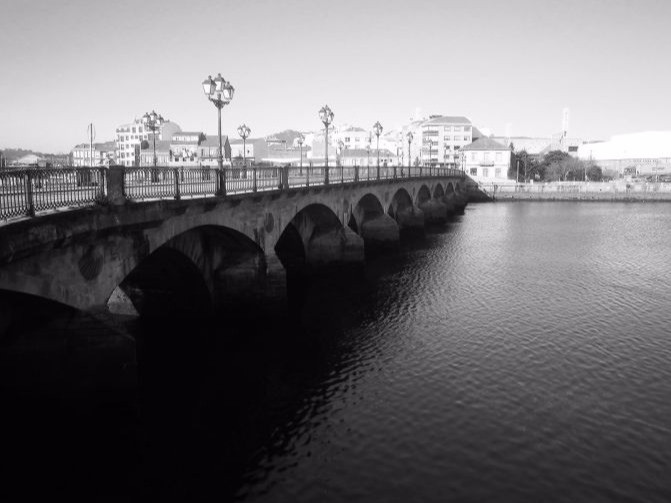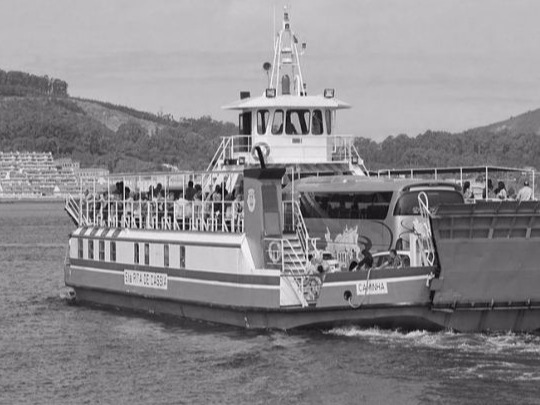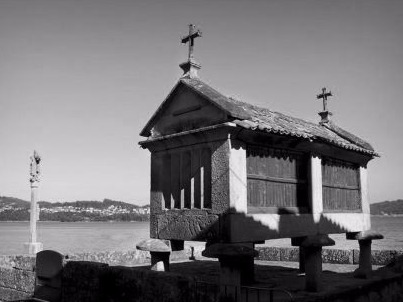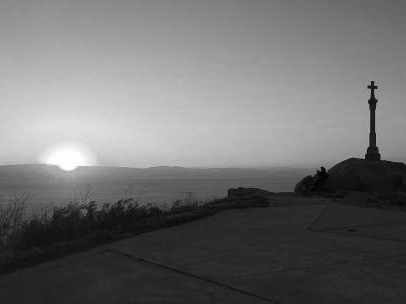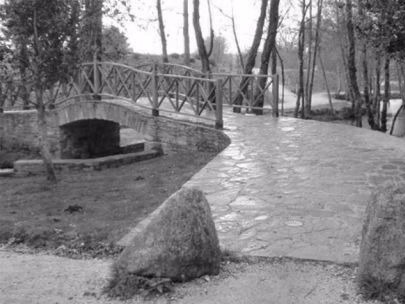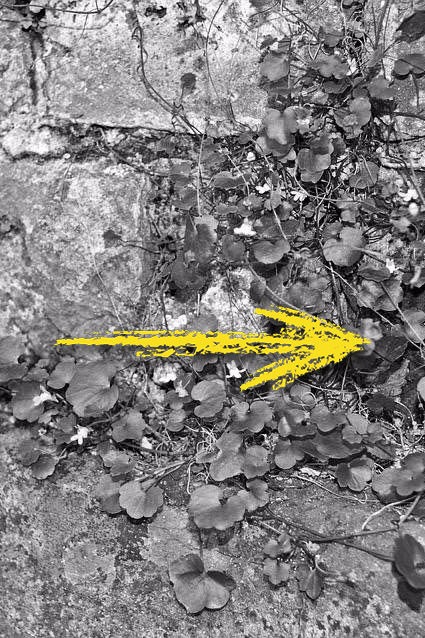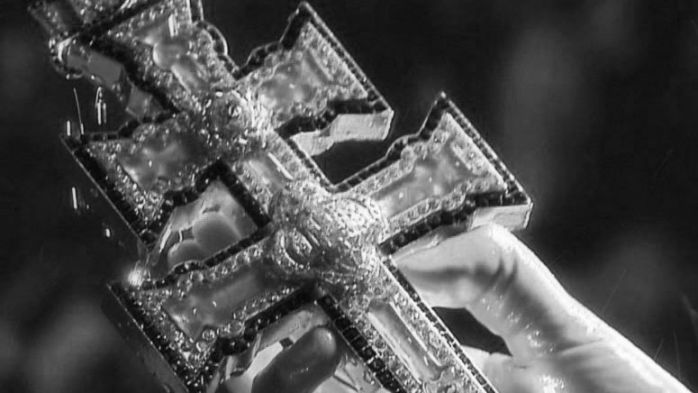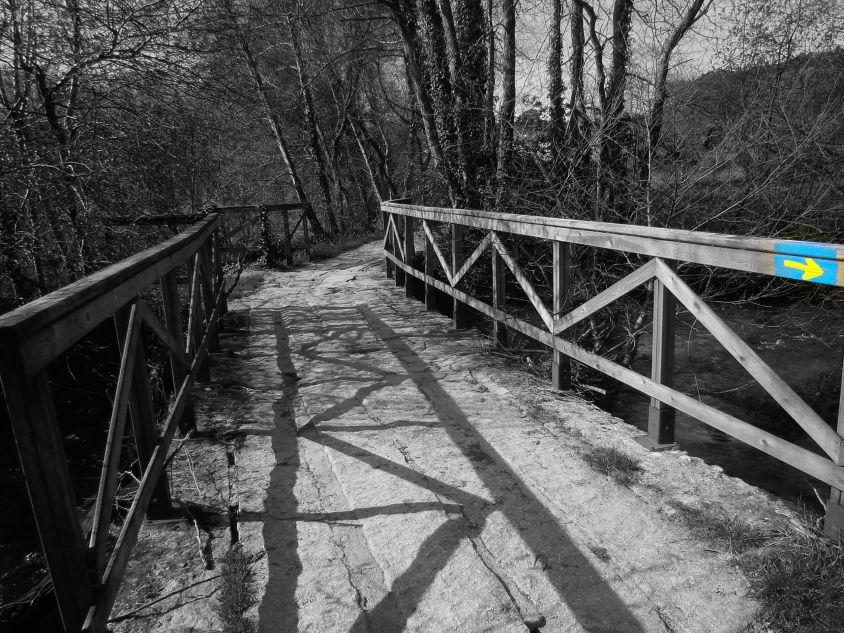
Doing any of the Saint James Path's itineraries is an overwhelming experience and one that marks us forever.
By picking up the backpack and putting feet on the way, we are starting a process of self-knowledge that puts us to the test at every step taken, at every obstacle overcome ... Along with this process, along the km's we will be treated to extraordinary landscapes , pieces of history in each monument visited, lessons in humility and solidarity with each person, pilgrim or not, with whom we meet ...
If you suffer? Does it cost? Yes, the effort we make, not only physical but also mental, makes a bill ... But it is a temporary suffering, that after a good night's sleep, we are new and full of energy!
Is it worth it? Absolutely yes! Everything we bring to home from the Camino is unique and priceless!
Have you made the backpack yet?

